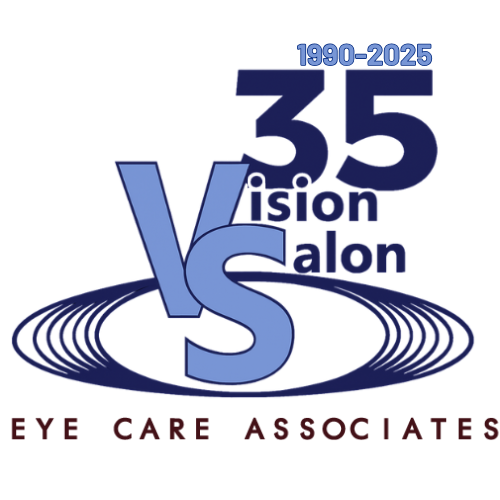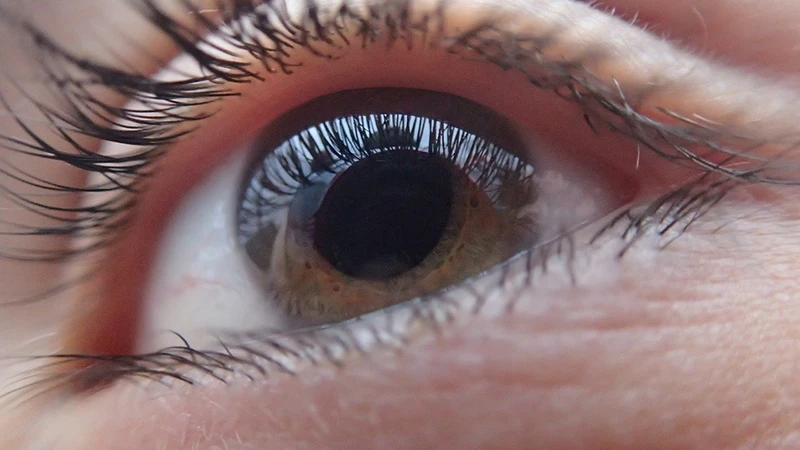Glaucoma is a group of eye conditions that negatively affect the optic nerve. There are several different types of glaucoma, but the damage is typically caused by abnormally high pressure in the eye.
As a result of this damage, a person can gradually start to lose their vision. In some cases, the early symptoms may not be noticeable, so people don’t realize they have glaucoma until the damage is done. For this reason and because there is no cure, glaucoma is sometimes called the “silent thief of sight.” Fortunately, if it is diagnosed early on, we can recommend effective glaucoma treatment to protect your vision and slow its progression.
Glaucoma statistics: How common is the “silent thief of sight”?
Living up to its nickname, glaucoma is common and the second leading cause of blindness, as well as the leading cause of irreversible blindness in the world.¹ Many people are aware of glaucoma, but not everyone recognizes when they have it or gets the eye disease care they need right away.
Global prevalence of glaucoma
Worldwide, the prevalence of glaucoma is hard to determine because the early stages may go undiagnosed. By one account, 60.5 million people were affected by open-angle or angle-closure glaucoma in 2010.² In this same year, glaucoma was believed to be responsible for 6.6% of all blindness and 2.2% of all moderate or severe visual impairments.³
What is also concerning is how common glaucoma is now compared to several years ago. From 1990 to 2010, the percentage of people with glaucoma-related blindness rose by 62%, and visual impairment due to glaucoma increased by 83%.³
Glaucoma in the United States
While not exact, the prevalence of glaucoma in the United States is just as alarming. Glaucoma is believed to impact 1.9% of people ages 40 or older, which equates to about 2.7 million American.² These numbers only rise with older populations.
The United States also saw an increase in cases of glaucoma from 1990 to 2010. In just ten years, the number of glaucoma cases jumped from 2.22 million in 2000 to 2.72 million in 2010. Unfortunately, some researchers expect this trend to continue. By 2050, the number of Americans with glaucoma is expected to more than double, mainly due to an aging population.⁴
Glaucoma risk factors
Although glaucoma is a common problem around the world, some people are more at risk of developing glaucoma than others. Glaucoma is genetic and tends to be more common in specific populations.
Common traits among the glaucoma population include:
- Being over 40
- Having a family history of glaucoma
- Being diabetic
- Having high blood pressure, heart disease, or sickle cell anemia
- Being of African American or Hispanic descent
Regardless of whether you are at a high or low risk for glaucoma, it can sneak up on you. You should get regular eye exams to catch the condition as early as possible so you can take preventative action.
Although glaucoma has no cure, there are ways to manage the condition to help slow down the progression of the disease. At Vision Salon Eye Care Associates, we also offer guidance for glaucoma treatment in Cook County to help you decrease the damage. If you are interested in our services or want to get your eyes checked, contact our office today.
References:





